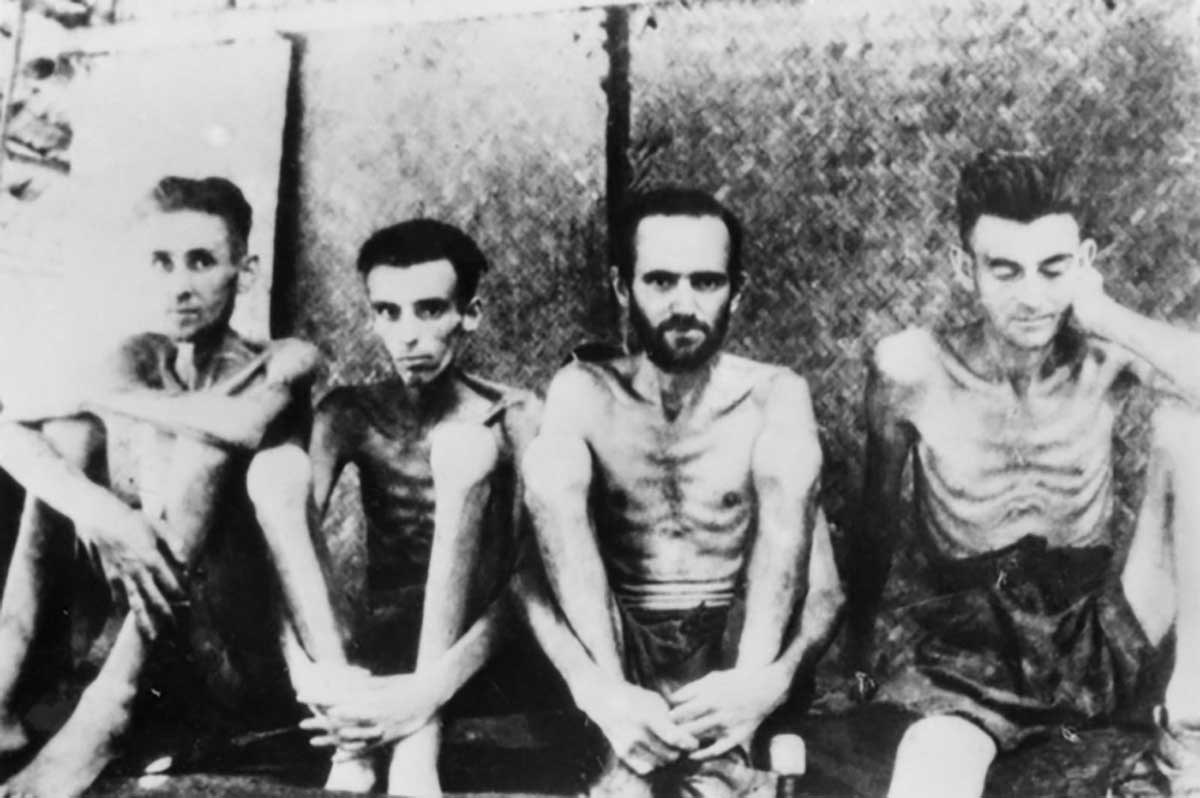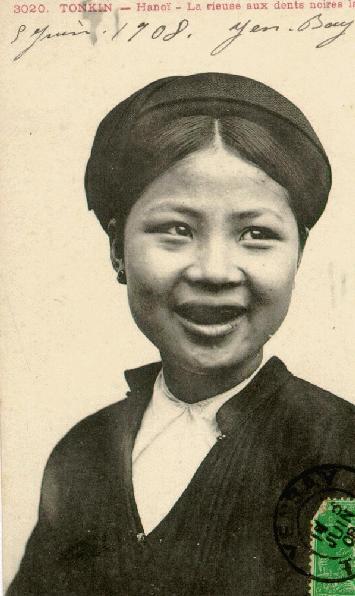 any think that the only concentration camps in World War 2 were in Europe controlled by the Germans. In fact, 140,000 prisoners of war passed through Japanese concentration camps during World War II. One in three died of starvation, forced labor, punishment, or illness. Prisoners of war captured by the Japanese in Asian theaters of war were imprisoned in camps in Japan, Taiwan, Singapore, China, and other regions occupied by the imperial army. The largest Japanese war crimes were recorded in China, but in other areas, the Japanese were not more lenient.
any think that the only concentration camps in World War 2 were in Europe controlled by the Germans. In fact, 140,000 prisoners of war passed through Japanese concentration camps during World War II. One in three died of starvation, forced labor, punishment, or illness. Prisoners of war captured by the Japanese in Asian theaters of war were imprisoned in camps in Japan, Taiwan, Singapore, China, and other regions occupied by the imperial army. The largest Japanese war crimes were recorded in China, but in other areas, the Japanese were not more lenient.
Most of the prisoners in Japanese camps were sent to forced labor, in mines, factories or construction sites. However, they received too little food (on average 600 calories a day), so many became ill quite quickly and became unable to work. One prisoner, Harry Carver, would declare after the war that he had been treated like a slave: “I worked 12 hours a day on a diet of soybeans and seaweed.”

The harshest conditions were endured by prisoners sent to work on the Burma-Thailand railway, known as the “death railway”. The Japanese invaded Burma in 1942 and, in order to maintain control over the former British colony, depended on shipping (around the Malaysian Peninsula and through the Straits of Malacca) for supplies. To avoid this dangerous route after the Battle of Midway (June 1942), the Japanese authorities decided to build a railway from Bangkok to Rangoon. The project, conceived in June 1942, was started in the autumn of the same year.
The 400 kilometers of the railway were built from scratch by forced labor: the prisoners worked from morning till night, ten days in a row (followed by a ten-day break), and had to survive on a poor diet of rice and some vegetables. Malnutrition, ulcers, cholera, and exhaustion claimed many lives: of the 60,000 Allied prisoners who worked on the site, between 13,000 and 16,000 died. Mortality was even higher among Asian workers: out of 180,000, 90,000 died.
Another well-known Japanese camp was Kinkaeski in Taiwan. Founded in November 1942, the camp became the home of prisoners of war sent to forced labor in the copper mines. In these mines, the working conditions were so harsh and dangerous that neither the Japanese nor the locals wanted to work there.
Hell in Changi camp
Changi Prison in Singapore, built by the British administration in 1936, was turned into a prison camp during World War II. In three years, between 1942 (the year the Japanese occupied Singapore) and 1945, Changi gained its reputation as the most feared Japanese prison. Malaysian civilians and Allied soldiers captured on the Asian front were detained here.
The treatment of the prisoners was very harsh, to the Japanese belief that soldiers surrendering to an enemy army dishonored their country and family, thus deserving such treatment. After the battle for Singapore, which the British army lost due to being unprepared lost, 40,000 soldiers were captured and imprisoned at the military base at Selerang, near Changi, while the British civilian population was imprisoned in the former British prison, located less than 2km from Selerang.
In the first two months at Changi, the prisoners were treated rather indifferently by the Japanese. They were given enough food, and medicine when needed, and prisoners could spend their time as long as they wanted as long as they respected a certain discipline. But since April 1942, the attitude of the Japanese has changed radically: they have begun to take prisoners to forced labor to repair docks in the city, and the quantities of food and medicine have dropped significantly.
Under these conditions, the prisoners began to die of dysentery or diseases caused by a lack of vitamins. Moreover, the camp authorities — based on the fact that Japan had not signed the Geneva Convention on the Treatment of Prisoners of War — changed the way the camp was organized, treating the prisoners as they pleased.
The situation worsened even more after a failed escape attempt. Then the camp leadership demanded that all prisoners sign a document declaring that they would not try to escape, and faced with their refusal, the authorities crowded 20,000 prisoners into a barracks, threatening to keep them locked up there until the document was signed. When this tactic did not work either, several prisoners, chosen at random, were shot. Even then, the prisoners did not give in, refusing to put their signatures on the document. Only when they were threatened with the deliberate spread of an epidemic in the camp did the prisoners agree to sign.
Prisoners of war at Changi were also used for forced labor: those who worked received food, while others were left to starve. Those who were too weak to work had to rely on the generosity of their comrades to survive.

In 1943, the remaining 7,000 people in Seberang were moved to Changi, although the prison capacity was only 1,000. The prisoners of war were thus crammed into several barracks, living 5–6 in cells for one person, and the risk of any disease spreading rapidly among them was very high.
Towards the end of the Pacific War, when Japan made financial efforts to keep its army in battle, the prisoners’ food rations were diminished, but they had to work harder. Changi prisoners were sent to dig tunnels and hideouts in the hills around Singapore, which the Japanese intended to use as hiding places when Allied troops landed on the peninsula.
In the last days of the war, the prisoners feared that the Japanese would kill them before the arrival of the Allies. This was not the case, on the contrary: when Emperor Hirohito announced the surrender of Japan, the camp authorities handed over command of the camp to the prisoners.
Avid Writer with invaluable knowledge of Humanity!
Upcoming historian with over 30 million views online.
“You make your own life.”





